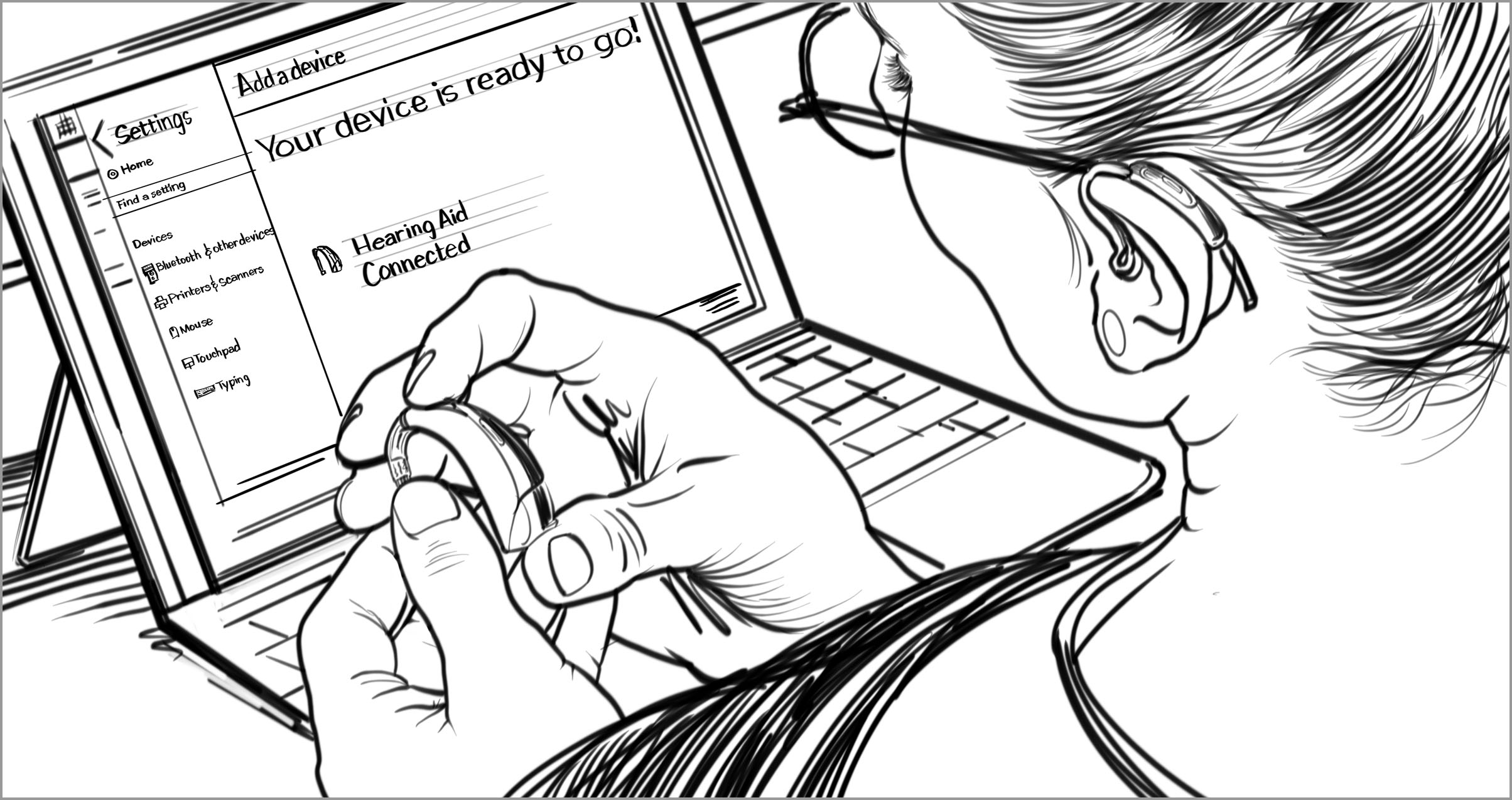Note
Access to this page requires authorization. You can try signing in or changing directories.
Access to this page requires authorization. You can try changing directories.
Hearing normal conversation is noticeably difficult. Hearing aids are helpful and recommended.
Degrees of hearing loss occur across a spectrum from subtle and mild difficulties, to the complete inability to hear sound. Moderate to severe hearing loss impacts most aspects of daily life. Those with moderate hearing loss may have difficulty hearing in most situations, including keeping up with conversations, and often benefit from wearing hearing aids. For those with severe hearing loss, hearing aids are typically essential. They may still choose to lip read or communicate using sign language or other means of nonverbal communication.
Hearing loss can be present from birth, or it can happen due to injury, illness, or with age.
Barriers
- Volume as the only means of portraying information (such as when the device makes an error noise, but doesn’t provide a visual or text alert)
- Audio that doesn’t contain subtitles or captions (such as conference calls, videos, video game play)
- Experiences that require hearing in order to complete a task (such as conference call or live gaming)
- Experiences that don’t support Bluetooth hearing aid pairing
- Electronic sounding voices that lack variance in tone
Facilitators
- Device compatibility with hearing aids (for example, devices are easily and readily pairable, and volume settings are adjustable in the user interface)
- Alternate methods of interacting with device that don’t require hearing or voice
- Captioning or subtitles
- Using text as a means of conveying important information in addition to sound
- Alternate methods of portraying information (such as visual, tactile, haptic/vibration)
Examples

BARRIER — A hearing aid user may prefer to pair their hearing aid directly to their device but can't due to lack of software support or difficulty navigating through settings.

FACILITATOR — The ability to pair a Bluetooth hearing aid directly to a device through easily discoverable settings can enhance a person’s experience with the device.
The purpose of this reference is to provide concepts people can use to document and discuss aspects of function. Design should happen with people with disabilities, this reference is meant to support that activity, not replace it.